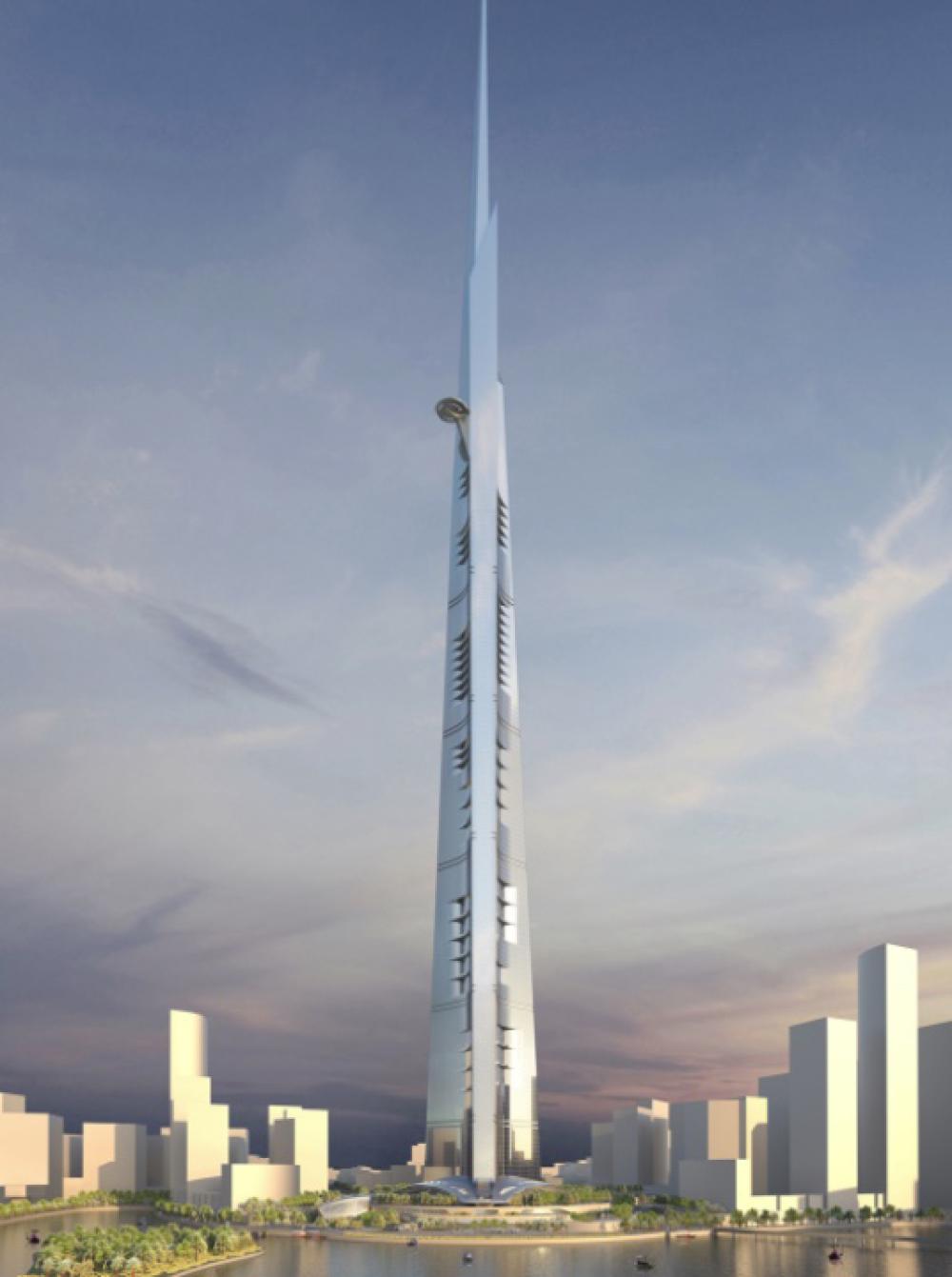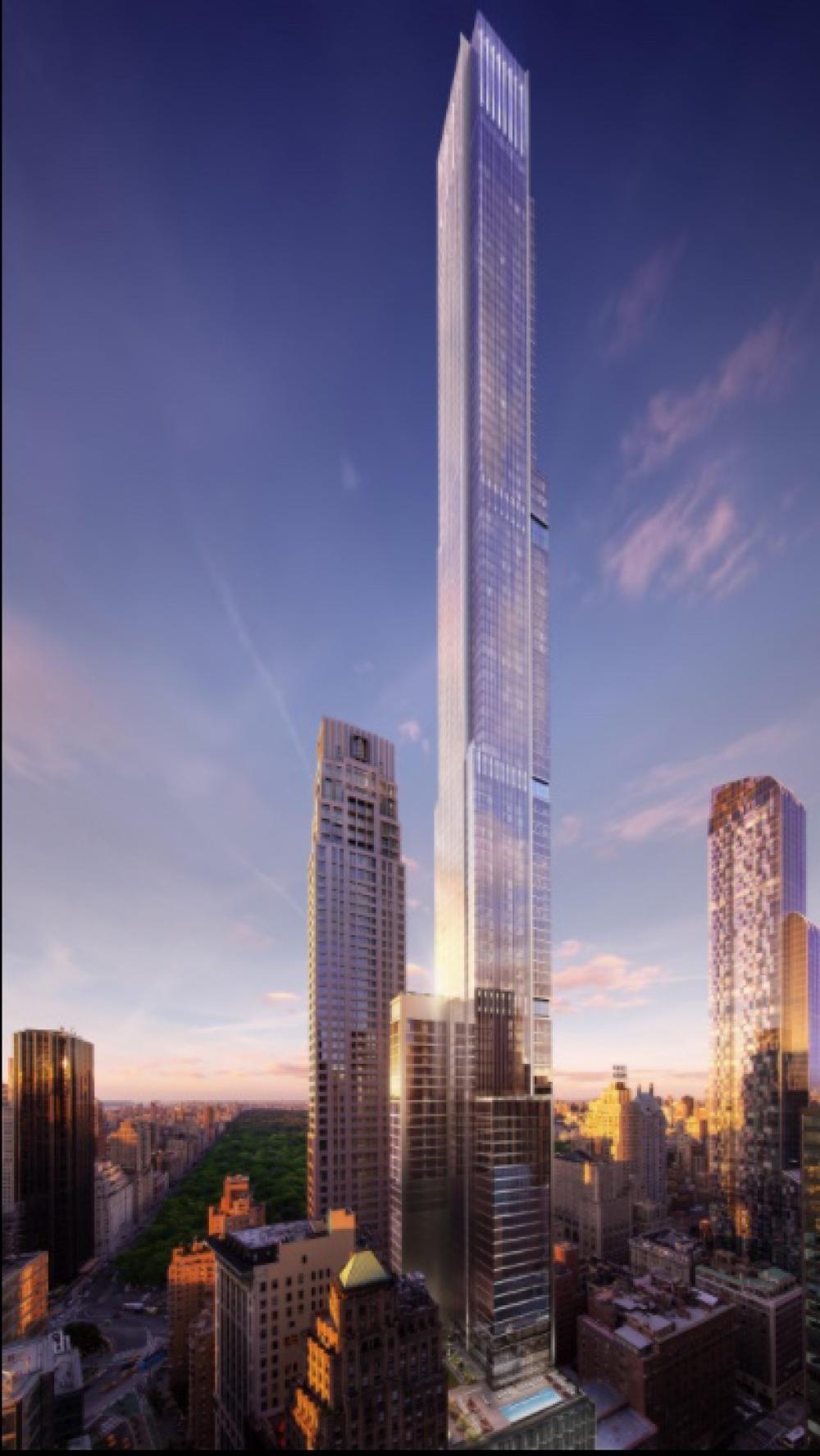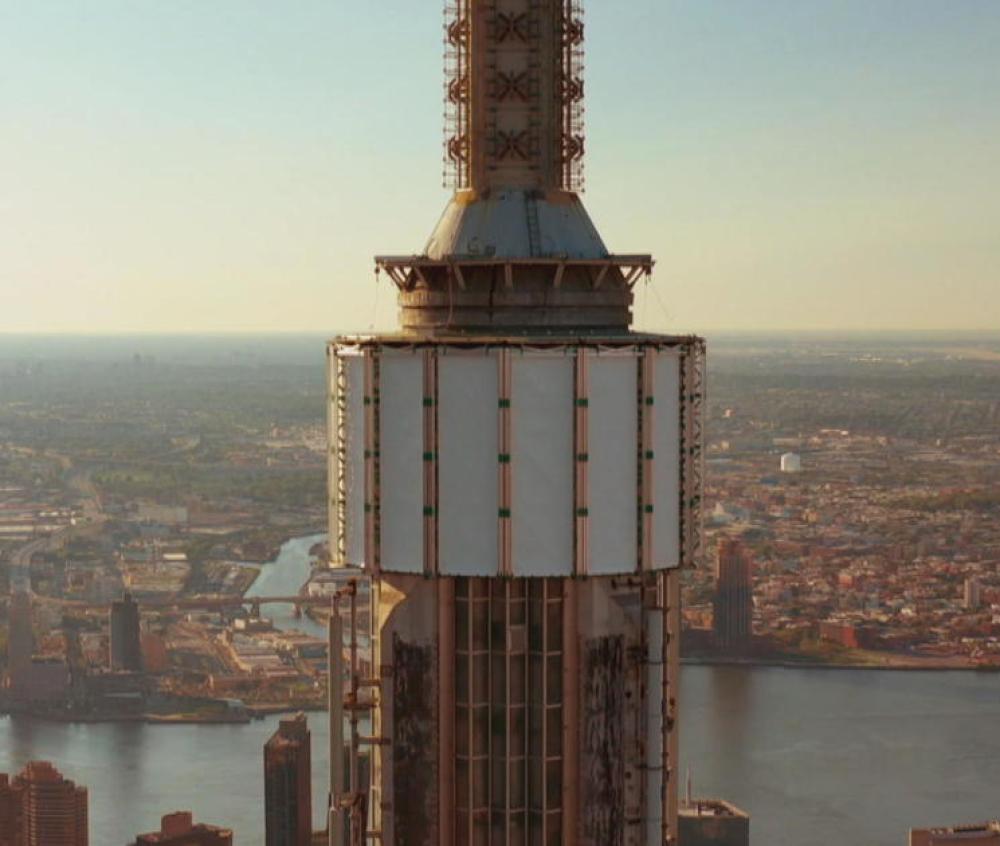Major states across the United States are pledging to combat global warming and significantly reduce carbon emissions within the next decade. There is thus a call for change that is clearly gaining momentum. But as crucial as it is for a state to prioritize climate change and establish actionable ways to achieve zero emission goals, there will be no success if the cities within that state do not follow suit and proactively take the lead.
While cities are often known as centers of culture, diversity, and innovation, they are also centers of consumption, production, and pollution. As a company based in New York City and invested in finding practical solutions for urban energy needs, we are perpetually motivated by the unique set of environmental challenges cities face today. With New York State aiming for carbon-free electricity by 2040 and a net-zero carbon economy by 2050, here is what is on our minds: How can cities promote the changes necessary to limit global warming to 2 degrees Celsius in such a short amount of time?
According to C40, a network of 94 of the world’s major cities committed to addressing climate change, “Buildings in urban areas are one of the largest sources of greenhouse gas emissions, and typically account for over half of a total city’s emissions on average.”1 According to the Urban Green Council, buildings alone account for 95 percent of NYC’s electricity use, making energy efficiency in buildings a cause well worth tackling. In simple terms, there is no way for a state, country, or global community to curb the rise of global temperatures to less than 2 degrees Celsius without addressing buildings — one of the largest contributors to their carbon footprints.
Below are two major ways NYC is targeting buildings to achieve its ambitious 80 percent cut to carbon emissions by 2050.


